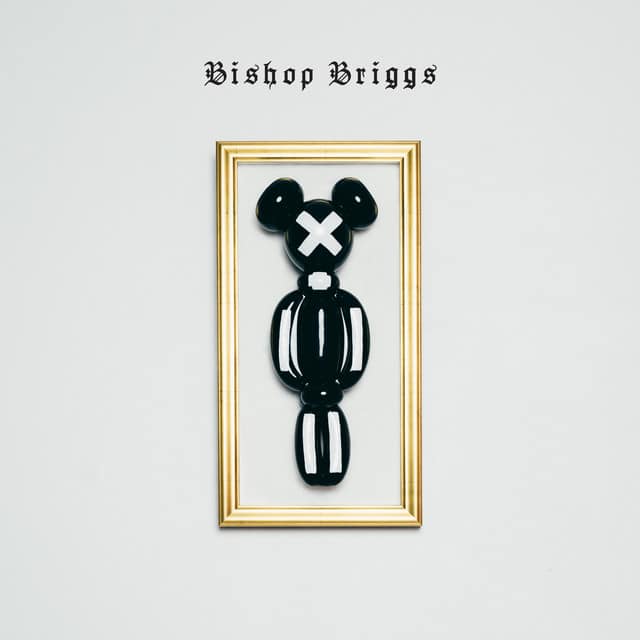Released: 2017
“Dark Side” distinguishes itself as a somber anthem by Bishop Briggs, sending out a welcome but chilling invitation to her world of raw emotions, internal struggle, and a desire for companionship in pain. At face value, the lyrics convey an emotional catharsis, while beneath the surface, they hint at a deeper exploration of human vulnerability and self-acceptance.
The song begins with Bishop crooning “Welcome to my dark side,” instantly setting the tone for the visceral introspection to follow. The “dark side” she refers to is her emotional underbelly — the sorrows, the insecurities, the feelings we often keep hidden from the world. Often associated with negative connotations, Briggs reclaims these so-called ‘dark feelings’ and presents them as inherent facets of her identity.
In the ensuing lines “Clouding up the sunlight, hurting for a smile/Or something, but something always turns into nothing,” Briggs acknowledges her prevailing sadness and introspection, clouding the metaphorical “sunlight” or happiness in her life. The seamless transition from “something” to “nothing” underlines the disappointment of unfulfilled desires or unmet expectations.
The chorus sees Briggs embracing a symbiotic relationship defined by shared sorrow and acceptance of each other’s flaws — “I can be your reckless, you can be my stain/I can be your heartache, you can be my shame.” In this unconventional love song, Briggs courts the idea of finding solace in shared pain, dismantling the conventional ‘happily-ever-after’ trope.
As we plunge further into the song, Briggs sings “That don’t mean I’m scarless, that don’t mean I’m fine.” With this powerful admission of her emotional scars and dissatisfaction, she challenges societal taboos around acknowledging personal struggles and emotional turmoil. Briggs urges listeners to not just perceive her ‘dark side’ but to understand and inhabit it.
By repeating “Welcome to my dark side,” Briggs brilliantly uses anaphora—the repetition of a phrase at the beginning of successive clauses—to deepen the impact of her message. Each repetition serves as a potent reminder of her plea to unfold and accept the mental and emotional complexities we so often shy away from acknowledging in ourselves and others.
Through “Dark Side,” Briggs serves up a raw narration of acceptance — acceptance of flawed love, acceptance of life’s tribulations, and ultimately, acceptance of oneself. By demonstrating that it is okay to embrace our imperfections and vulnerabilities, Briggs remixes the pop genre’s expected themes of unrestrained joy and romantic passion, introducing a heavier, more introspective layer to it.






